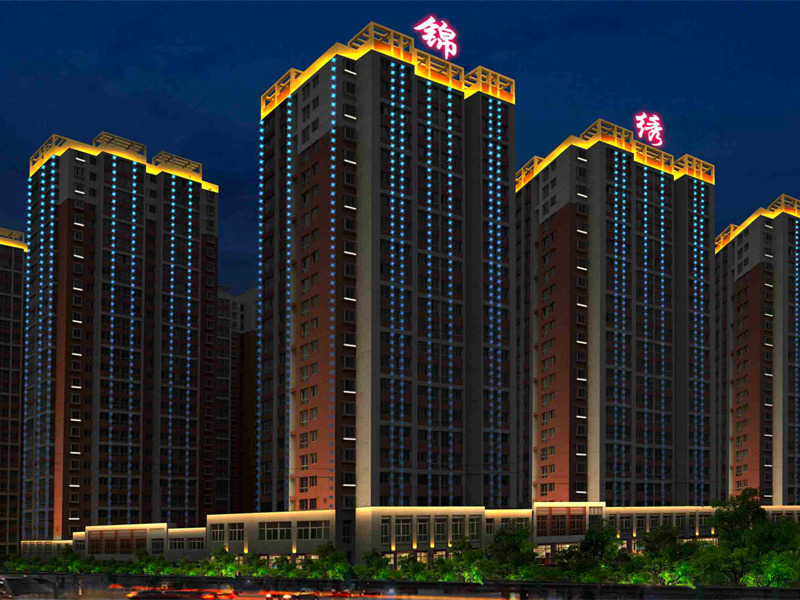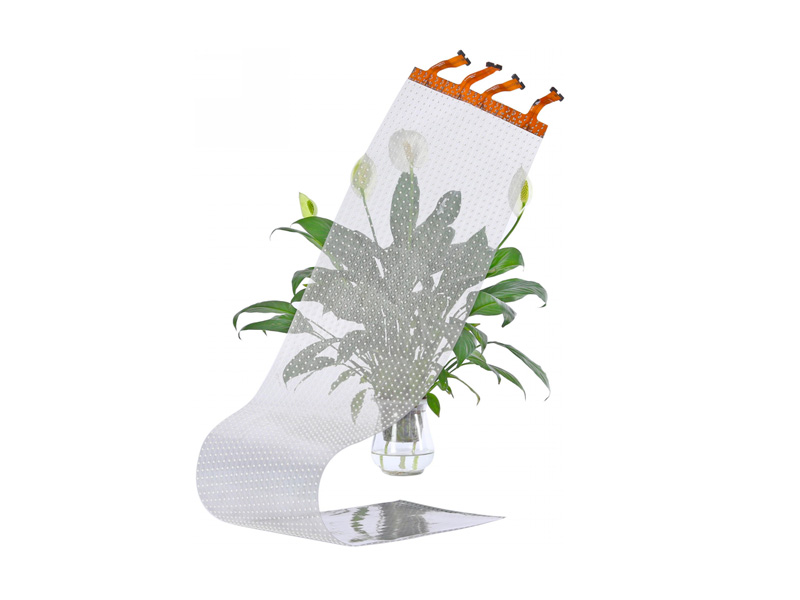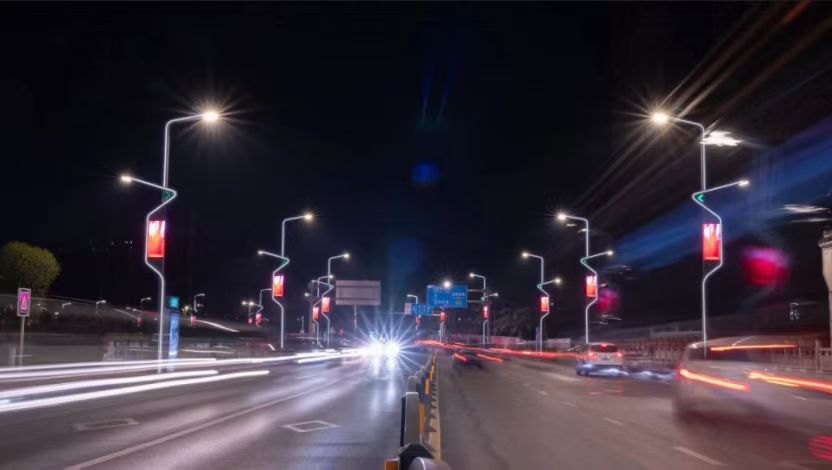Smart Street Lamp Solution Case
With the deepening of the "14th Five Year Plan" smart city construction policy, the intelligent upgrading of urban infrastructure has become an important development direction. As one of the core carriers of the construction of new smart cities, smart street lights have become a key node in integrating urban resources and improving management efficiency due to their natural advantages of "having a network, points, and poles". A second tier city, with the core concept of "multi pole integration", has taken the lead in carrying out a pilot project for smart street lights in the core area, aiming to solve problems such as scattered traditional road facilities and resource waste, while providing basic support for 5G network deployment, environmental perception, smart transportation and other applications, and helping urban governance move towards digitization and refinement.

Design concept and characteristics
Multi bar integrated intensive design
The project adopts the concept of "multi pole integration", integrating municipal facilities such as streetlights, traffic signal poles, monitoring poles, and signs into a unified pole body to reduce the phenomenon of excessive road poles. Layered design of pole body (0-10 meters) adapted to different devices: street lamps and 5G micro base stations are installed on the upper floors, cameras and signs are integrated on the middle floors, and maintenance doors and intelligent terminals are installed on the lower floors to achieve efficient use of space.
Cultural integration and innovation
The shape of the lamp post incorporates regional cultural elements, inspired by the contours of mountains and rivers and traditional architectural eaves, showcasing the unique cultural context of the city through streamlined design and customized decoration. The pole adopts a modular sliding groove structure, which facilitates flexible installation and maintenance of equipment, balancing functionality and artistry, and shaping a city landscape of "technology and humanities coexistence".
Trinity intelligent architecture
The project constructs a three in one architecture of "street lamp controller+IoT gateway+cloud platform", relying on 5G network and IoT technology to achieve remote control of devices, real-time data interaction, and intelligent decision-making. The platform supports multi-dimensional expansion and is compatible with application modules such as environmental monitoring, emergency broadcasting, and information release, providing a "one pole multi energy" solution for urban management.
Technical Implementation and Core Functions
Smart lighting
Adaptive dimming: Combining pedestrian flow, vehicle flow, weather and other data, dynamically adjusting brightness and color temperature (such as switching to a more penetrating 3000K yellow light in foggy weather), with a comprehensive energy-saving rate of over 30%.
Single lamp control: supports remote switching, fault alarm, and energy consumption statistics, achieving full lifecycle management of street lamps.
Urban Perception Network
Environmental monitoring: Real time collection of PM2.5, temperature and humidity, noise and other data, issuing meteorological warnings and air quality indices through LED screens to assist in ecological governance.
Intelligent security: Combining high-definition cameras with AI algorithms to achieve crowd density monitoring, traffic violation capture, and emergency response linkage.
Convenient services and 5G infrastructure
Public WiFi and charging stations: providing convenient services such as free internet access and electric vehicle charging for citizens.
5G micro base station deployment: meeting the demand for 5G ultra dense networking with an average lamp post spacing of 20-30 meters, accelerating urban digital transformation.
contingency management
One click alarm device: In case of distress, it can trigger visual intercom, link with surrounding broadcasting and cameras, and improve public safety response efficiency.
Implementation effect
Resource intensification: The pilot area has reduced redundant poles by over 60% and significantly improved the cleanliness of road spaces.
Efficient management: Through a unified platform, centralized control of equipment is achieved, reducing operation and maintenance costs by 25% and improving fault handling efficiency by 40%.
Service for the benefit of the people: WiFi coverage, information dissemination, environmental disclosure and other functions directly benefit over 100000 residents, increasing citizen satisfaction by 35%.
Economic sustainability: Diversified revenue models such as electricity cost savings and advertising leasing support the long-term operation of the project, with an expected return on investment within 5 years.
This project provides a replicable model for the smart construction of second tier cities, and its key to success lies in:

Top level planning first: coordinate construction with the idea of "piloting the main road and reserving the secondary road" to avoid duplicate investment.
Cross departmental collaboration: integrating multiple resources such as municipal, transportation, and communication to break down data silos.
Market oriented operation: Adopting the "construction+operation" model, introducing social capital, and ensuring project sustainability.
Promote the upgrading of cities from "single function superposition" to "comprehensive intelligent ecology", and create safer, more convenient, and green living spaces for residents.
Smart street lights are not only lighting tools, but also a "new infrastructure" for refined urban governance. Through technological and model innovation, this project has validated the practical path of "small incision, big value" and provided a reference model for digital transformation in similar cities.




